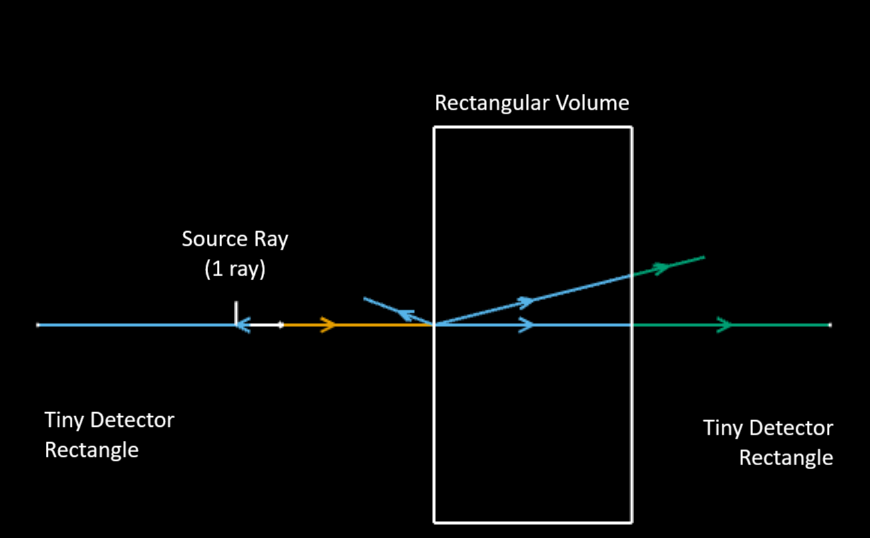Assume 5 extreme cases:
1 If a surface is transparent with Scatter Fraction 1 , how much power is scattered?
2 If a surface has 0.5 reflectance with Scatter Fraction 1 , how much power is scattered and spcular reflected?
3 If a surface has 0.5 reflectance with Scatter Fraction 0.5, how much power is scattered and specular reflected?
4 If a surface has 1 reflectance with Scatter Fraction 1 , how much power is scattered and specular reflected?
5 If a surface has 1 reflectance with Scatter Fraction 0.5, how much power is scattered and specular reflected?






